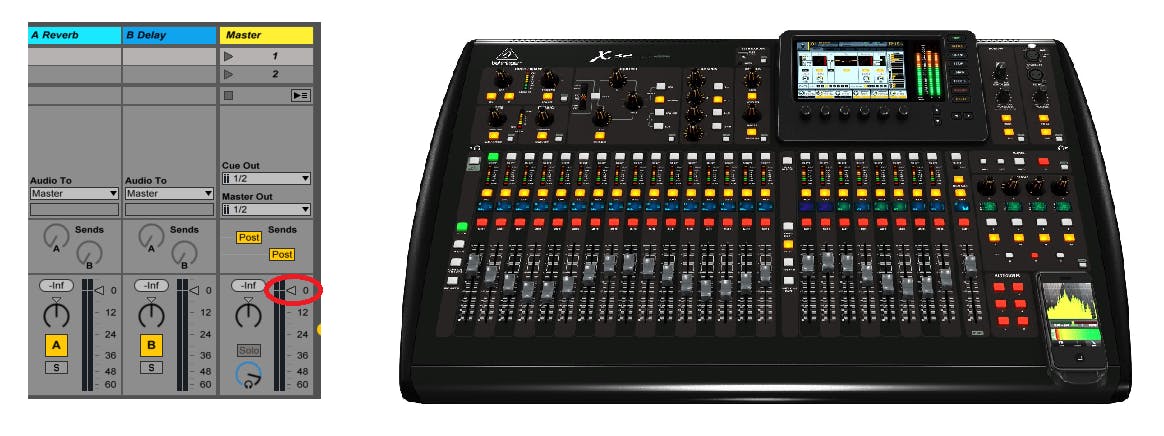100 Days Of ML Code — Day 080
Recap From Day 079
Day 079, we looked at a very brief introduction to the field of Psychoacoustics and talked about loudness. You can catch up using the link below. 100 Days Of ML Code — Day 079 Recap From Day 078medium.com
Today, we will continue from where we left off in day 079.
Loudness Continued
As we’ve learned previously, both amplitude and loudness are relative measures they’re not absolute measures of how loud something is in the real world. And there’s a very important reason for this. if you think about amplitude, you know it’s negative one to positive one what? You know and the answer is really nothing, we are looking at that way from the computer. Because, when a computer is playing back the sound we have no idea how different things in the chain after that computer are going to affect the sound.
How loud is the amplifier it’s hooked up to, how loud are the speakers? how far away are we standing from the speakers, so how much are the sound waves kind of losing their energy as they go from the speakers to us? We don’t know any of that, so we can’t fix kind of absolute units to amplitude as we look at them on the computer. A sense of relative measure. So we know that plus one is more than plus 0.5 is more than 0.25 and so on and so forth, and the same thing is true of loudness.
If you look at a mixer, for instance, as seen in the image below, the example on the right that is a physical mixer like someone might use at a concert or a recording studio. And the example on the left is from Ableton Live, a Digital Audio Workstation Program and it’s controlling the loudness on the master channel and you can see the units in the virtual example. We have zero as I’ve highlighted in red in the image below, that’s zero decibels. That just means whatever sound is coming in is not making it louder, it’s not making it softer.

Below that, we have minus 12, minus 24, and so on, and so forth. And so again, this isn’t speaking to a particular measure that we can measure in the real world of this sound. It’s just saying well the sound is coming in at a certain level and then I’m either leaving it alone, zero dB, or I’m decreasing it by a certain amount. So when we look at mixers, either virtually or in the real world, that’s how we tend to think about loudness.
We’re using decibels here as a measure of loudness rather than amplitude because then moving the sliders on the mixer in the image above has more of perceptual psychoacoustic relevance to us, because of that logarithmic scale. let’s move on and talk about pitch for a moment.
As you were hearing from the audio in the video above, the basic idea is that it was not increasing linearly. It seemed like the pitch was very quickly at the beginning and then it got slower and slower and slower and slower as it went on. In other words, that same kind of logarithmic curve. It’s levelling out as it gets higher and higher. and that’s because unsurprisingly there are different ways that we can think about pitch and pitch relationships. as we’re thinking about frequency, we think about frequency as going up linearly and there’s a key musical construct that’s described. It’s called the Harmonic Series.
That’s all for day 080. I hope you found this informative. Thank you for taking time out of your schedule and allowing me to be your guide on this journey. And until next time, be legendary.

